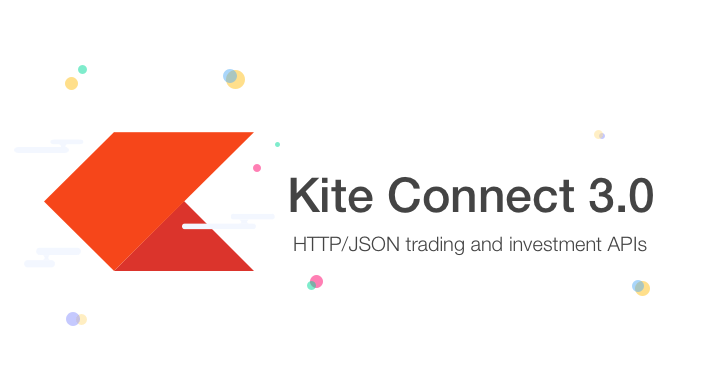Getting Instrument Token of a Scrip Using Python and Zerodha Kite LTP Method
The KiteConnect APIs
We shall be using Zerodha’s Kite Connect API to back test the given dataset. We’re a Zerodha Partner and if you’ve signed up with Unofficed, then You’ll get access to the raw file used to make this tutorial.
Kite Connect offers REST-like HTTP APIs with a wide range of capabilities which will suffice our needs.

Step 1 - Initialization of Kite Object
As You can see from the example of KiteConnect Python API from Zerodha’s GitHub, the Step 1 is to create the Kite object
import logging
from kiteconnect import KiteConnect
logging.basicConfig(level=logging.DEBUG)
kite = KiteConnect(api_key="your_api_key")
# Redirect the user to the login url obtained
# from kite.login_url(), and receive the request_token
# from the registered redirect url after the login flow.
# Once you have the request_token, obtain the access_token
# as follows.
data = kite.generate_session("request_token_here", api_secret="your_secret")
kite.set_access_token(data["access_token"])
Discussion on Kite Historical Data Syntax
Zerodha’s KiteConnect API gives historical data for free. As per their documentation, We need to use kite.historical_data() function.
def historical_data(self, instrument_token, from_date, to_date, interval, continuous=False, oi=False)
Retrieve historical data (candles) for an instrument.
Although the actual response JSON from the API does not have field names such has ‘open’, ‘high’ etc., this function call structures the data into an array of objects with field names. For example:
instrument_tokenis the instrument identifier (retrieved from the instruments()) call.from_dateis the From date (datetime object or string in format of yyyy-mm-dd HH:MM:SS.to_dateis the To date (datetime object or string in format of yyyy-mm-dd HH:MM:SS).intervalis the candle interval (minute, day, 5 minute etc.).continuousis a boolean flag to get continuous data for futures and options instruments.oiis a boolean flag to get open interest.
Step 2 - Getting Instrument Token of a Scrip Using Zerodha API
So We need to get the instrument_token. Now, there are two methods to get the Instrument Token of a Scrip.
The method with Instrument List is the most popular one but in this chapter, We will proceed using the Kite LTP (Last Traded Price) method to find the instrument token for RELIANCE.
# Use Kite Connect's search instruments API to find RELIANCE's instrument token
instruments = kite.ltp(['NSE:RELIANCE'])
code, we send a request to the Kite Connect API to get the last traded price for RELIANCE, specified by its trading symbol ‘NSE:RELIANCE‘. The response, stored in the instruments variable, contains instrument-related information, including the instrument token. The output will be –
{'NSE:RELIANCE': {'instrument_token': 738561, 'last_price': 2457.85}}
Step 3 - Checking for Instrument Token
# Check if the instrument token for RELIANCE is in the instruments dictionary
if 'NSE:RELIANCE' in instruments:
instrument_token = instruments['NSE:RELIANCE']['instrument_token']
In this code snippet, we check if the trading symbol ‘NSE:RELIANCE‘ exists in the instruments dictionary. If it does, we extract the instrument token and assign it to the instrument_token variable for later use.

